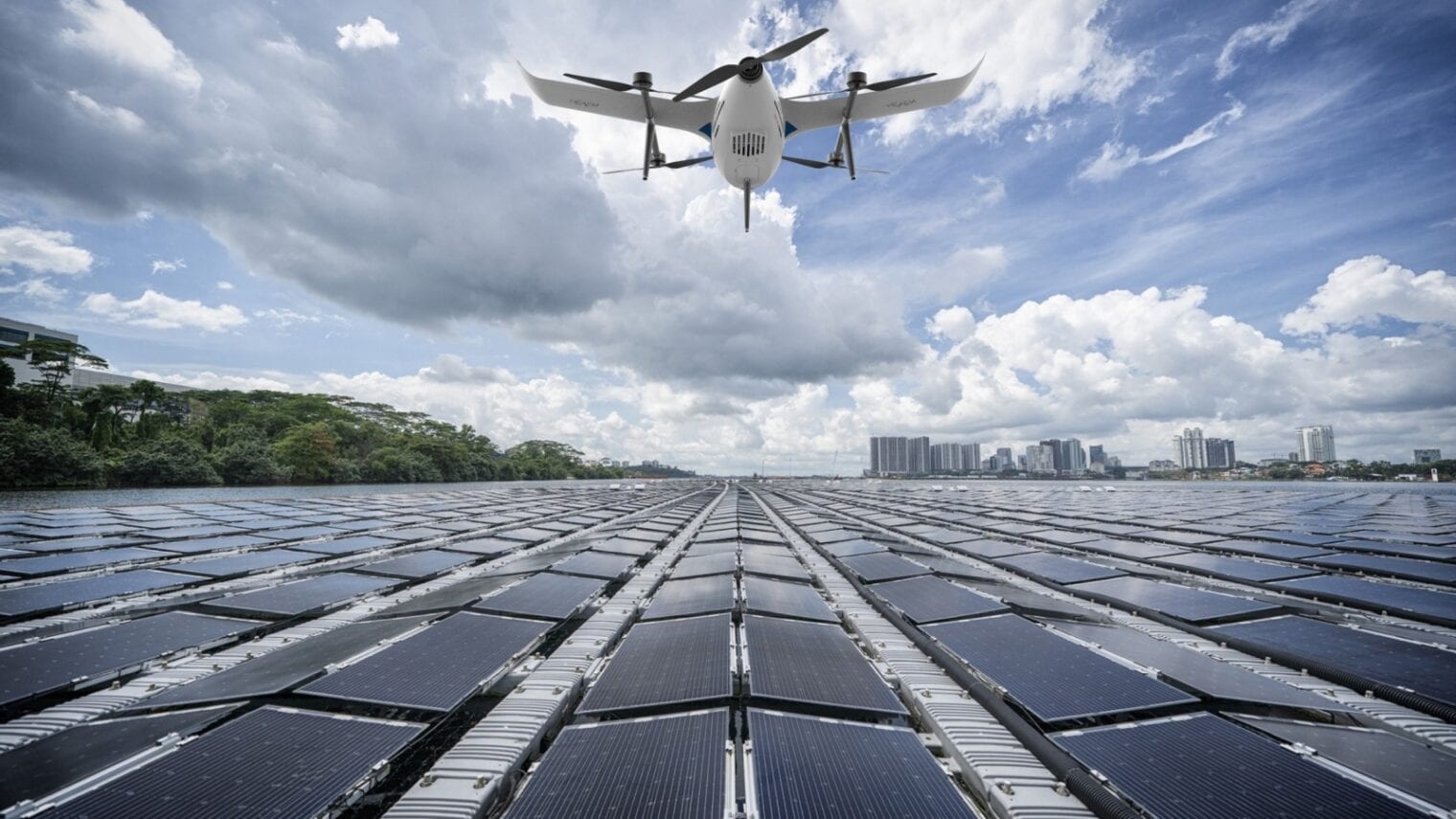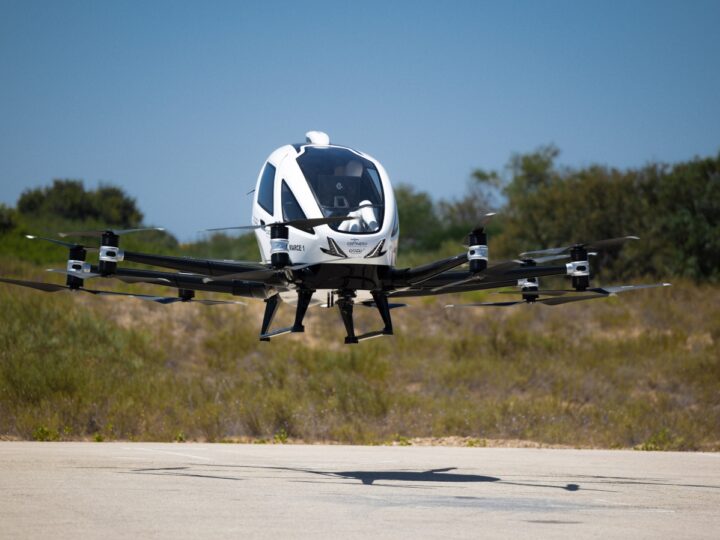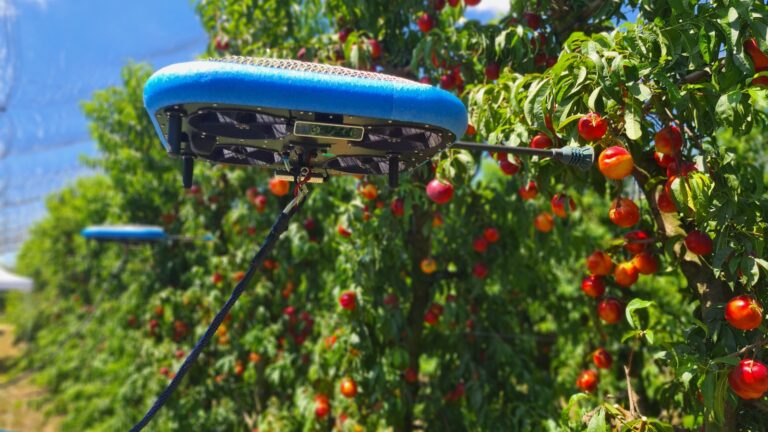Remember when the scourge of “fire kites” from the Gaza Strip was Israel’s most pressing problem?
It was 2018 – seems like ancient history in the context of the current war against Hamas – and the terror group was flying cheap incendiary devices in balloons and kites over the high-tech border fence, resulting in significant damage to Israeli agriculture.
Bentzion Levinson, who served as a combat commander in the Israel Defense Forces, was invited to join a hackathon to come up with innovative solutions to the fire kites.
Levinson’s idea was to outfit drones with thermal cameras to identify the location of fires, and with firefighting equipment that could put out the fires from the air.
Since then, Levinson has been all-in on drones – so much so that he left the IDF and founded a startup, HevenDrones, to build solutions for the military, homeland security firefighters and aid organizations.
“Drones are becoming mainstream,” Levinson notes. “But if we want them to be able to take concrete actions – to install things, move something from point to point or put out fires – they need to be more like flying robots.”
Is hydrogen the answer?
The biggest questions for drones when used by the military or security services are how much it can carry and for how long it can remain in the air.
Most drones run on electric batteries and can stay aloft no more than about 45 minutes when carrying just a few kilograms. The more they carry, the sooner they need to return to base to recharge. Hovering – which is necessary for surveillance or delivering a payload – uses even more juice.
HevenDrones’ answer: hydrogen.
“The core issue is energy density,” Levinson explains. “For a car, you can always make a bigger battery. That won’t work with drones. It will make them too large. Hydrogen has the best energy density.”
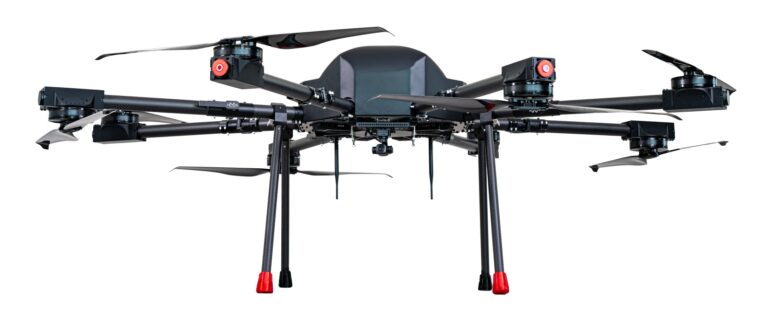
To fight in an arena such as the Gaza Strip, drones need to fly for many hours. When HevenDrones demonstrated that it could do that using hydrogen as the power source, the IDF entered into an exclusive relationship with the company to provide hydrogen-powered drones through 2026.
Two new models
At the Monaco Hydrogen Alliance Forum in November, in the midst of Israel’s war with Hamas – HevenDrones announced two hydrogen-powered UAVs (unmanned aerial vehicles, the formal way to describe a drone):
- The H2D200 can carry up to 10 pounds (double the maximum weight for battery-powered drones) for 317 miles or four hours of flight time.
- The H2D250 can transport up to 22 pounds for a range of 466 miles with eight hours’ flying time.
That’s in addition to the HD55, a hydrogen-powered hovering drone launched earlier in 2023.
HevenDrones’ only non-hydrogen powered vehicle, the H100, is already operating in the field. It runs on batteries, but it’s able to carry a 75-pound payload for close to an hour. The H100 can carry other companies’ robots, as well – such as Roboteam’s Micro Tactical Ground Robot.
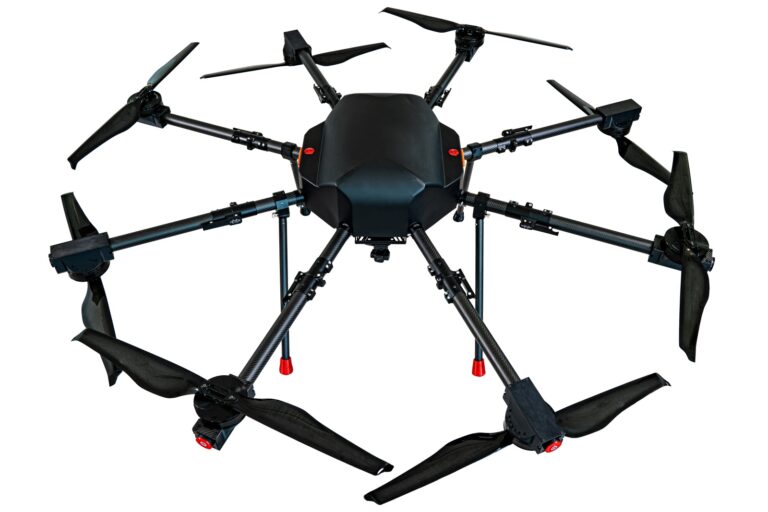
Self-reliant
HevenDrones has a partnership with Plug Power, which makes hydrogen fuel cells, to cooperatively develop hydrogen drones.
HevenDrones is also working with Honeywell, another key player in the hydrogen space. And Levinson is bullish on deploying “micro-electrolyzers” – small and cheap devices that can generate hydrogen anywhere, including in the field.
HevenDrones uses a relatively small amount of hydrogen – just 250 grams for a two-hour flight. Toyota’s Murai, a hydrogen-powered car, consumes some five kilograms of hydrogen per tank.
Therefore, its drones won’t be reliant on “hydrogen hubs” like the US Department of Energy is planning for refueling larger aircraft, trains, ships and cars. HevenDrones’ customers, says
Levinson, “can be self-reliant on their own hydrogen source.”
Levinson, who moved to Israel from the United States with his parents when he was a teenager, is looking at military uses as the most immediate “use case” for hydrogen-powered drones. But there are plenty of other applications, such as monitoring construction and agricultural sites.
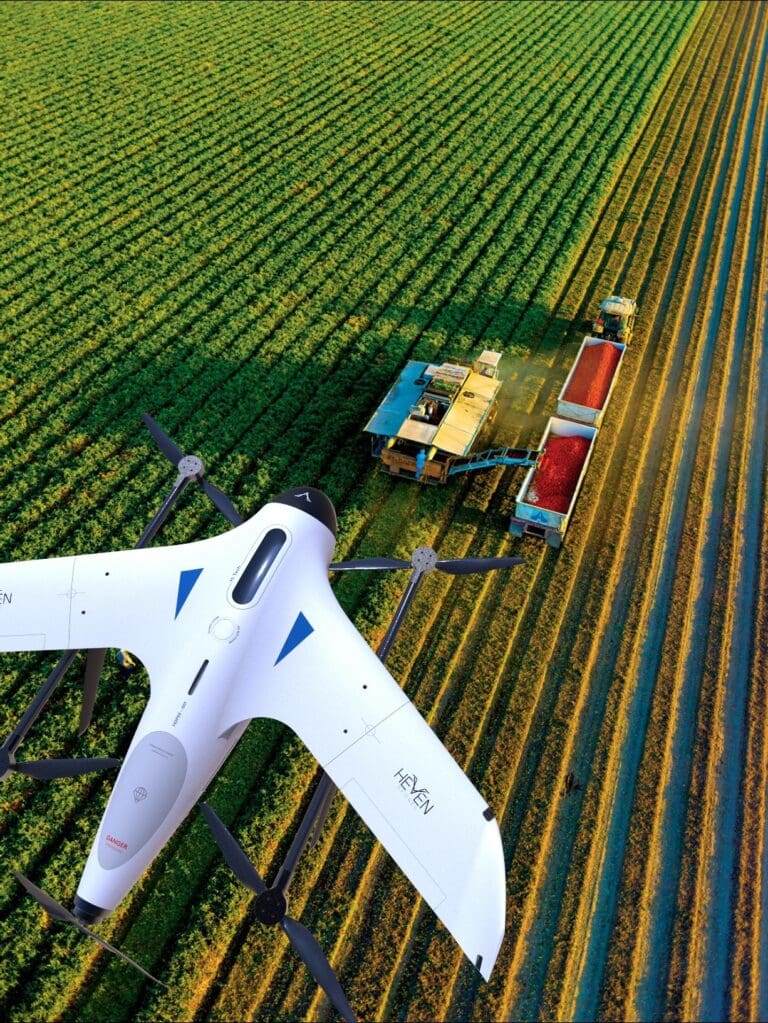
How about home deliveries? Amazon, for example, has invested heavily in drone technology. Right now, those drones can only carry up to about five pounds. “Hydrogen will allow them to carry 10-pound payloads,” Levinson says. “We will get there.”
It doesn’t hurt that HevenDrones hired the person who was formerly responsible for Amazon’s $2 billion drone delivery program.
One to many
The military, however, is in some ways the easiest client to land, as it controls the airspace in times of conflict and is therefore not subject to the regulatory demands that an Amazon delivery drone might encounter.
Drones can be operated either manually or run autonomously. In both cases, the intention is clear: To be efficient, an individual drone can’t have its own dedicated pilot.

“To add value, we have to get to ‘one-to-many.’ We can’t have 100 skilled pilots for 100 drones. So, we’re focusing a lot on the autonomy piece.” Levinson says.
HevenDrones, which employs 35 people in Yokne’am (northwest Israel) and in Miami, Florida, has raised $25 million from private investors in the four years since the company was established and will be heading towards a Series B round in 2024. The company’s drones are now flying on three continents.
Levinson is not just a military guy. He attended an entrepreneurship program at Stanford’s Graduate School of Business and participated in the technology training program run by Israel-based Jolt.io.
He was called up to serve in the reserves on October 8, following the horrific “Black Sabbath” the day before.
“I spent a month and a half on the northern border,” he tells ISRAEL21c. “Moving forward, though, I realized our company could add more value creating drones for the military than with me being on the front.”
Moreover, with a third of HevenDrones’ staff currently involved in the fighting, Levinson’s leadership in the office was needed more than ever.
Even keel
We were curious what happened to the “a” in the “heaven” part of the company’s name.
“’H’ is for hydrogen,” Levinson explains. “Following that, there’s the word ‘even,’ which relates to ‘stability.’ A flying robot needs to be stable. And of course, if you look up into the sky, ‘heaven’ comes to mind.”
To learn more about hydrogen-powered drones, click here.




